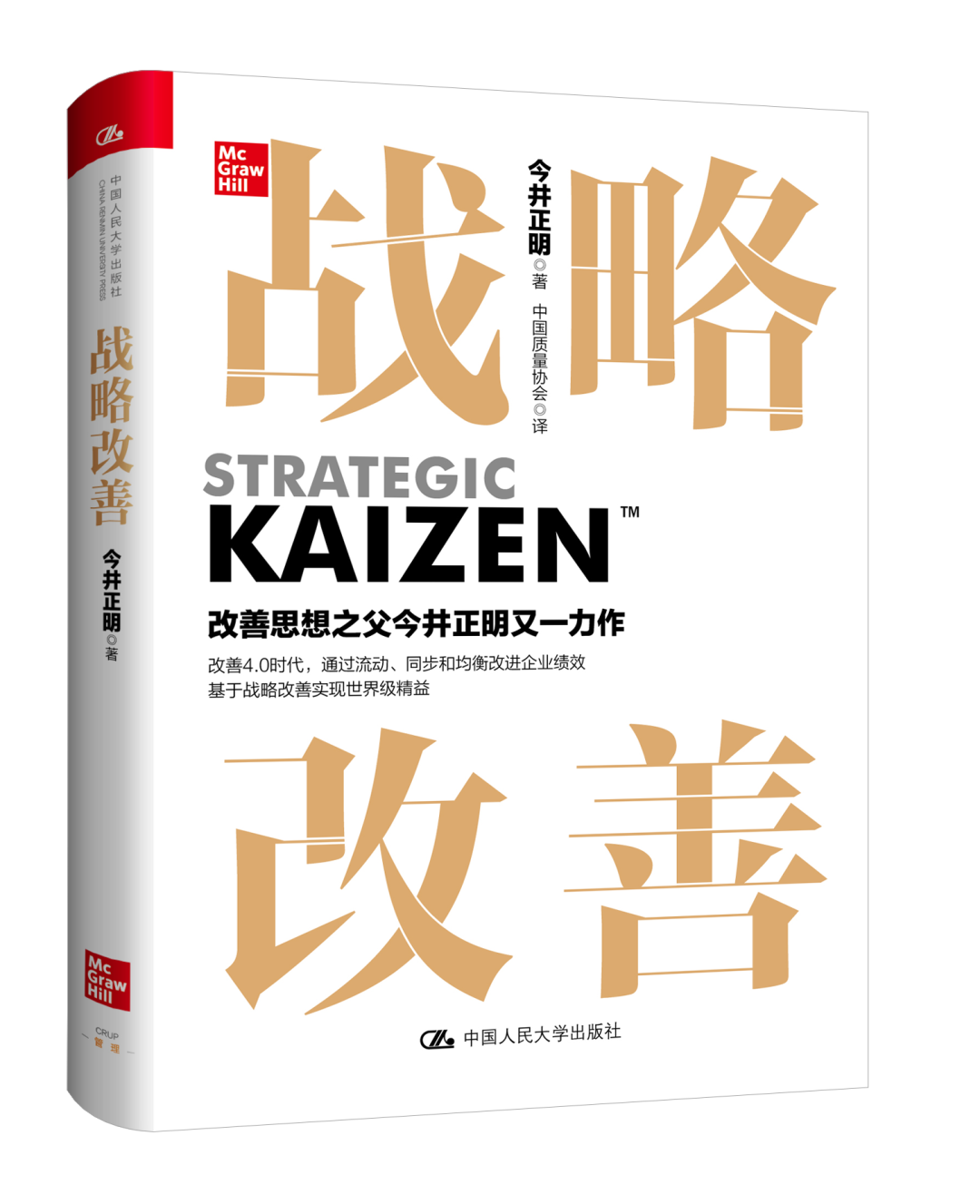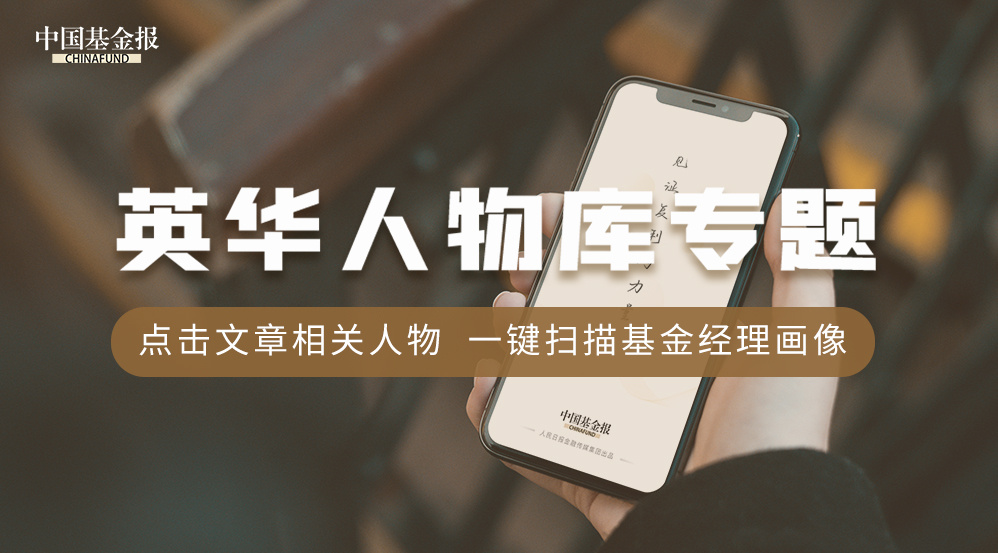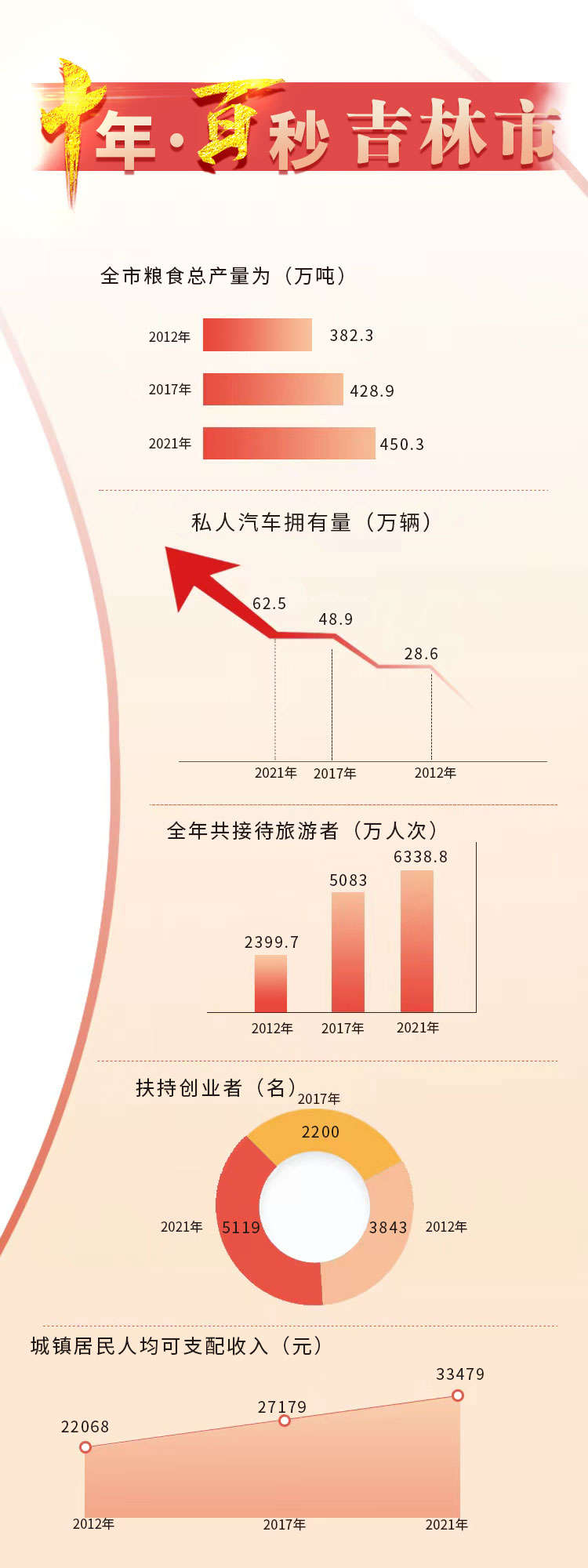"Strategic Improvement": The father of improving the mind of ideas, Nakai Zhengming's new masterpieces, and help enterprises achieve world -class lean
Author:China Renmin University Press Time:2022.08.26

//
I would like to dedicate my mentor, Mr. Oki, who dedicated this book to my mentor. It took me many years to understand the smooth, continuous and fast flow in operations, the core of Toyota's production method, improvement and lean strategy. Flowing, synchronization and equilibrium (FSL) are the secrets hidden in the lean strategy.
—— Imai Zhengming
//

Author: Katsukuri Masaki
Translator: China Quality Association
ISBN: 978-7-300-30606-3
Publishing time: June 2022
Recently, the United States "Fortune" magazine released the latest World Fortune 500 list, and Toyota, Japan ranked 13th. Toyota has become one of the most well -known car companies in the world with its production method. Although Toyota uses every opportunity to openly interpret its management philosophy, not many people can recognize and appreciate Toyota's real strategy. The business starts with the concept of "flowing", which is extremely natural for Toyota, but it is difficult to explain to the outside world.
Lean strategy is called Toyota production method (TPS) in Japan. Toyota's production method represents the concept and strategy of Toyota. Lean is the actual application of Toyota production method at the production site. The purpose of enterprises using lean strategy is to improve the operation of the enterprise and meet the needs of customers.
● What are the fatal disadvantages and spells in traditional operations? ● How is Toyota's production method born? ● How to evaluate the operating status of the enterprise? ● Why can't the strategy of lean strategy be advanced in some companies? ● In addition to manufacturing companies, can other types of enterprises also improve operating performance according to the logic of "improvement"? The new book "Strategic Improvement", the father of the father, to improve the father of the mind, opened a new door for the good operation and management of the enterprise. He systematically explained the connotation of improvement, on -site improvement, and strategic improvement in the book. Essence
brief introduction
This book is the third part of the author's "improvement trilogy". The author stands from the perspective of organizational management, pointing out that only by strategic guidance can improve can really play a role. Only by improving and lean strategies for all on -site employees and customers to participate in the participation of all on -site employees and customers can any enterprise make significant progress in enterprises. Ieyoshimo suggested that enterprise managers abandon their attention to quantity and speed, and adopt a more effective method: FSL (flow, synchronization and equilibrium) evaluation, which is a lean model that can significantly improve the operating performance of the enterprise.
Whether it is a member of the board of directors of the enterprise, the senior manager, or even the ordinary manager, you can understand the significance and value of strategic improvement from this book.
About the Author
Kaizen, the father of Kaizen, master of quality management. He has worked with Edward Deming, the founder of Toyota's production method, and Toyota Zhangichiro, the founder of Toyota's production method, and research technology. Ieyoshimo is considered one of the pioneers of the excellent operation movement of modern enterprises.
He is not only a speaker, consultant, but also the founder of the Global Improvement Consultation Group (Kaizen.com) to provide continuous improvement consulting services for enterprises in various countries.
Wonderful clip
This book is the last one of the corporate strategic "improvement trilogy" series.
The book "Strategic Improvement" proposes to measure and improve operating performance using mobile, synchronous and equilibrium (FSL ™) tools. Among them, the concept of flow is one of the most important pillars of the lean production method. In the order of operations designed according to the concept of flow, each workpiece flows between processes without interruption and stagnation.
The last chapter of this book is based on the theme of improving, on -site, customers and senior managers, and discusses how to abandon the traditional management system and finally realize the highest mission of lean enterprises.
The book pointed out that under the firm decision of high -level managers, if all efforts are focused on achieving improvement and lean enterprises' management strategies, everyone will contribute to this goal.
"Improvement of Trilogy" shows that only the strategy of improvement and lean of all on -site employees and customers can only be made in any of the senior managers of any enterprise and implement them. Progressive progress.
The significant feature of Japanese enterprise management is to adopt a gradual "bottom -up method". However, most Western companies favors a radical "top -down method", which obviously enlarge the managers and on -site employees on the spot Psychological distance with customers.
Western traditional senior managers usually think that the work of on -site employees is too boring and boring, and will say to them, "Don't worry about those who are garrythered to bother me. I have more important things to do."
For the first time in the first book, I introduced Japanese words -improvement, and I introduced another Japanese word in the second book -the scene, and wrote: "Today's managers often use complex tools and technology Processing problems, but these problems can be solved through common sense and low cost methods. "
In addition, I want to supplement the following opinions: CEOs need to recognize the power of employees on the scene, cultivate their highest levels of skills, and use the spirit of employees and customers as the standard standard.
I and Ichioo Ichi
I would like to present my mentor Mr. Taichi Ohno. In our conversation, a sentence he mentioned accidentally impressed me: "Let the mobile management process, don't let the management interfere with the flow." I spent many years to understand the smooth, continuous and fast flow in the operation. The core of Toyota Production (TPS), improvement and lean strategy.
I also realize that the flow is triggered by the customer's order. From receiving orders to product and service delivery, production must maintain smooth, persistent and fast flow. Any things that disturb the smooth flow of production are called MUDA ("waste" in Japanese), and the improvement means that it is found in the process and handled it on the spot.
This is my third book about improving, involving corporate strategies based on the concept of improvement and lean, and is mainly written to the CEO, the board of directors and other senior managers who can determine the fate of the enterprise. This book is also suitable for readers who want to keep up with corporate strategic changes.
A few years ago, in a public speech on improvement, a professor said to me with my book with my book, "This is my textbook." I regard it as the highest praise for me. I sincerely hope that readers, especially those who can change their company's destiny, will gain something after reading this book. As recommended in this book, try to do the FSL assessment and review for one day, understand the current operating conditions of the company, and start the journey of FSL.
Table of contents
Chapter 1 Today's Corporation
Chapter 2 Traditional Enterprises and Lean Enterprises
Chapter 3 CEO and Board Chapter 4 Shareholders and Customers
Chapter 5 KOA Co., Ltd.
Chapter 6 Hengsen Production
Chapter 7 Toyota and Okuno
Chapter 8 Toyota Zoji
Chapter 9 General Motors' Story
Chapter 10 The Case Study of Sato Sato Sato
Chapter 11 Seiko Parts Company
Chapter 12 The Factory of Tianlong Yasaki
Chapter 13 Komi Flexible Mirror Company
Chapter 14
Chapter 15 Evaluates the new standards of the lean state of the enterprise: flow, synchronization, equilibrium (FSL)
Chapter 16 Movies and Toyota Production Methods
Chapter 17
Chapter 18 Executive FSL Review
Chapter 19 Construct a lasting position, lean strategy
Chapter 20 Okno Nangle One Quote Selection
Chapter 21 Promoting FSL Evaluation
postscript
- END -
Warehouse Vane | Guangfa Fund Liu Gezheng: Continue to high -end manufacturing of high -end shares in high positions in high positions.

China Fund News Zhang XueEditor's note: Recently, the Fund's second quarterly repo...
People's Daily Observation Changbai 丨 "Ten Years · Hundred Seconds" micro video -Jilin City
